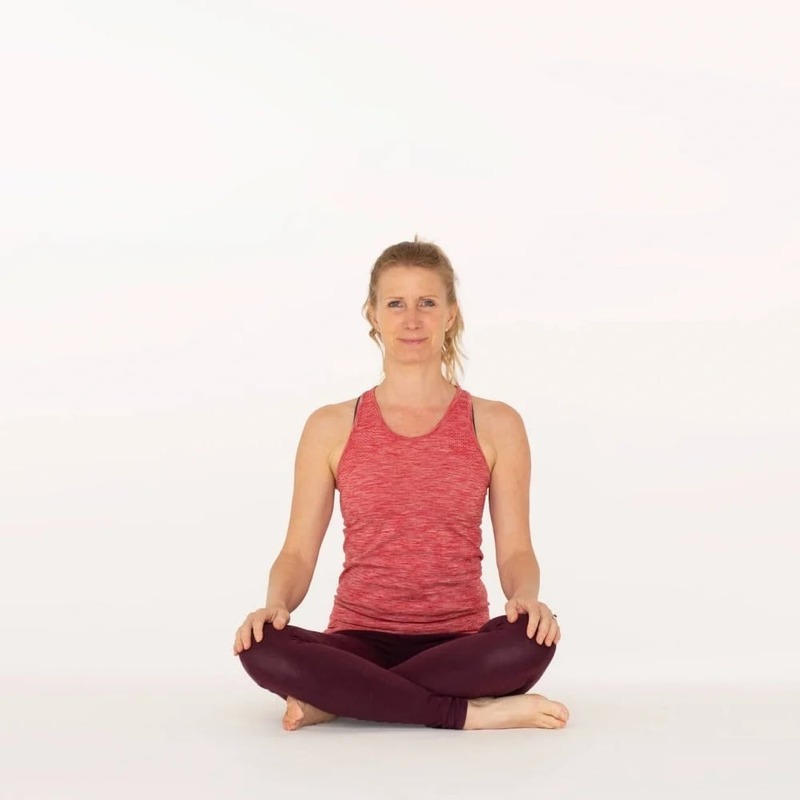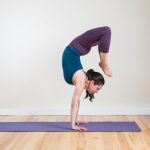Introduction to Yoga Easy Pose (Sukhasana)
Sukhasana, or Yoga Easy Pose , is a fundamental seated position in yoga. Originating thousands of years ago, this posture is central to meditation and pranayama. With its name derived from two Sanskrit words, ‘Sukha’ for ‘easy’ or ‘joy’ and ‘Asana’ for ‘pose’, Sukhasana is about finding comfortable space in the body. Unlike the Lotus Pose which requires more hip flexibility, Easy Pose is accessible for those with tighter hips. It is a gentle way to introduce hip opening and spine alignment away from the modern constraints of chair sitting.
The Ancient Roots of Sukhasana
The history of Sukhasana is as old as yoga itself. Ancient yogis in India practiced it long before the modern conveniences made tight hips a common problem. Depictions of sages in this pose are found in art that is over 2,000 years old. Its simplicity is deceptive; sitting cross-legged on the ground was once a natural position. Over time, chair usage has limited our natural flexibility. Regularly adopting Sukhasana can help us reclaim the ease of movement we once enjoyed as children, and connect us to the ancient yoga traditions that have been promoting physical and mental well-being for centuries.
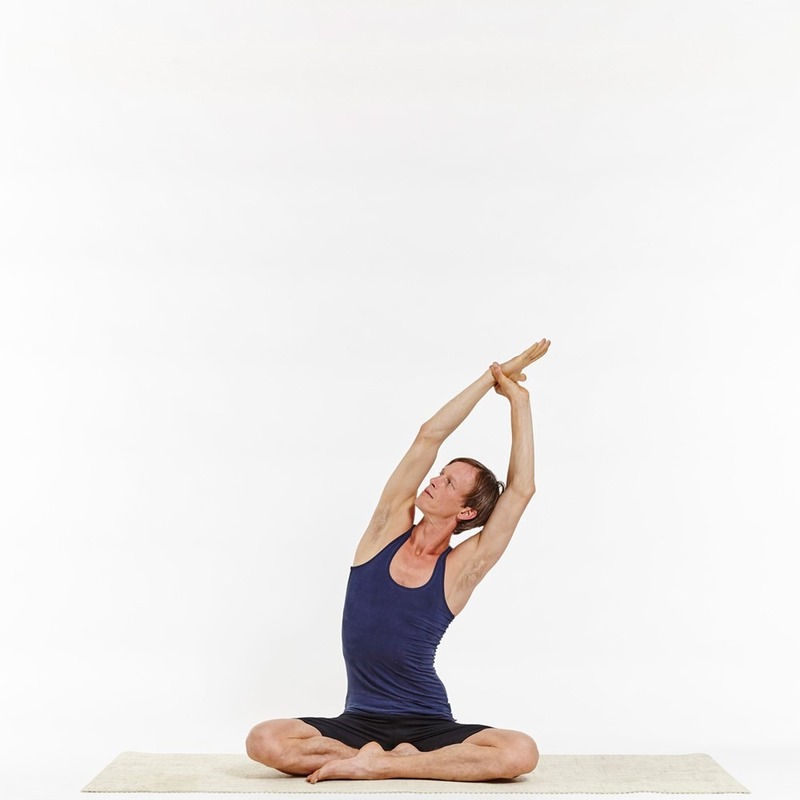
The Benefits of Practicing Easy Pose
Easy Pose yoga, or Sukhasana, brings numerous benefits to both the body and mind.
Strengthening and Stretching Key Muscle Groups
Practicing Sukhasana strengthens the back while stretching knees and ankles.
It also helps open the hips, groin, and the outer thigh muscles known as abductors.
By aligning the spine, this pose indirectly benefits the whole body.
Mental Health Benefits: Reducing Stress and Anxiety
An aligned spine and a steady breath pattern during Easy Pose create a peaceful state.
This mental calmness is therapeutic and can aid in reducing stress and anxiety.
Regular practice can lead to improved concentration and a sense of well-being.
Precautions and Contraindications
While Easy Pose yoga offers many benefits, it’s important to practice with care. Check with a doctor before starting if you have health concerns.
When to Avoid Sukhasana
Avoid Sukhasana if you have a knee injury, as it can strain sensitive joints. If you have tight hips, forcing this pose can cause discomfort. Listen to your body and adapt as needed.
Modifications for Better Accessibility
If hip tightness or knee issues make Sukhasana challenging, use props. Sitting on a blanket, bolster, or cushion can elevate your hips for comfort. This can also help align your spine, making the pose safer and more effective. If sitting on the floor is too difficult, you can adapt Sukhasana by sitting in a chair. Cross one ankle over the opposite knee, keeping one foot on the floor. Change sides to stay balanced.
Remember to modify the pose to suit your body’s needs and ensure a safe and enjoyable practice.
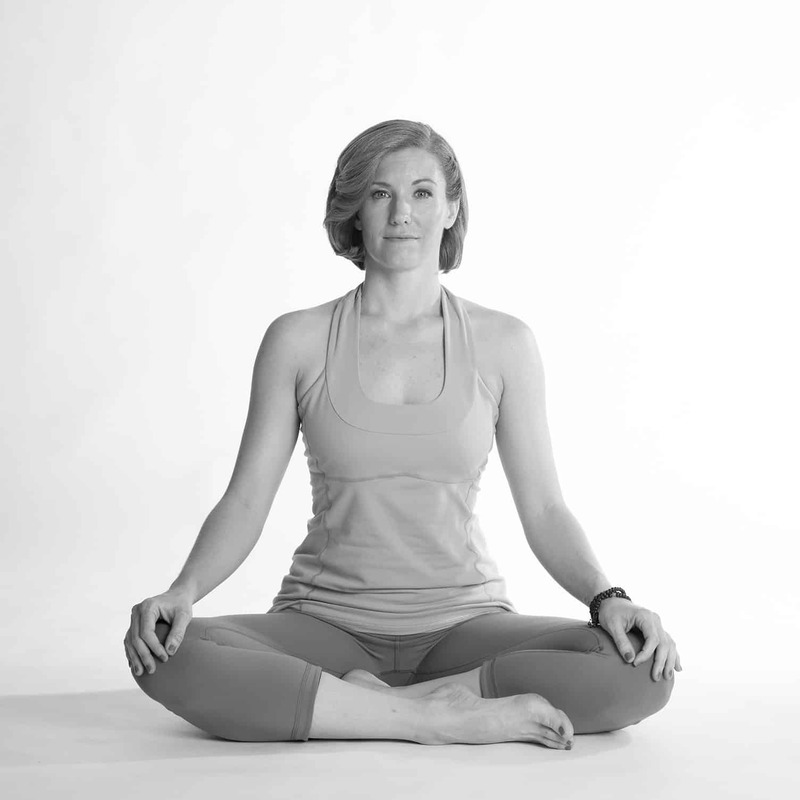
Step-by-Step Instructions for Entering Sukhasana
Entering Sukhasana, or Easy Pose Yoga, may seem simple, but proper form is crucial. These step-by-step instructions will guide you into the pose safely and with correct alignment.
Finding the Correct Alignment
Start by sitting on the edge of a firm blanket or cushion. This props your hips above your knees, which aids in alignment. Stretch your legs in front of your body. Sit tall with your spine straight, entering Seated Staff Pose (Dandasana).
Now, gently cross your legs at the shins. Place each foot beneath the opposite knee. Your knees should be wide, and your legs folded comfortably toward your torso. Rest your hands on your knees with the palms facing down.
Ensure your head, neck, and spine are in one line. Lengthen the spine but relax your neck. Keep your gaze forward with eyes soft. The key is to find an easy, comfortable space for your body in this pose.
Continue to sit straight, feeling your sit bones press evenly into the blanket or cushion. Hold the pose for up to one minute or throughout your pranayama practice.
Balancing Weight and Establishing a Neutral Pelvis
Balancing your weight evenly is crucial for comfort in Sukhasana. Once seated, rock gently back and forth, then side to side. This helps you find the neutral position of your pelvis.
In this neutral position, your pubic bone and tailbone should be at equal distances from the floor. Both sit bones should feel an even distribution of weight.
Remember, avoid forcing your legs to cross. Let them fall naturally into place. This will maintain the ‘easy’ aspect of Easy Pose Yoga. With time and regular practice, your hips and overall posture will improve, making it easier to maintain this pose.
Modifications and Variations
Using Props for Support and Comfort
In Easy Pose Yoga, comfort is key. Using props can make a big difference. If your hips are tight, don’t sit flat on the floor. Elevate your hips with a blanket, bolster, or cushion. This helps align your spine and relieve hip and knee strain. Try different heights until you find what works best. Props offer the support needed to enjoy Sukhasana longer.
Alternate Versions for Those with Tight Hips
If you have extremely tight hips, consider an alternate version of Sukhasana. Sit in a chair with one foot on the ground. Cross the opposite ankle over your knee. This gives you the benefits of the pose without the floor’s pressure. Another option is to use a wall for back support, or even to place a block between the wall and your shoulders. Always switch legs to maintain balance in your practice.
Tips for Mastering Sukhasana
Finding Neutral Pelvis Position
Finding the neutral pelvis position is crucial for a comfortable Sukhasana. Balance on both sit bones. Gently rock and shift your hips to discover your neutral pelvis. Ensure your pubic bone and tail bone are at equal distance from the floor. This position helps avoid strain and encourages proper alignment.
Ensuring Even Distribution of Weight
Even weight distribution prevents discomfort and imbalance. Once you find the neutral pelvis position, check your weight on both sit bones. Adjust as needed to balance the weight evenly. Changing the cross of your legs also helps maintain symmetry. Let your legs cross naturally, aiming for an easy and comfy pose.
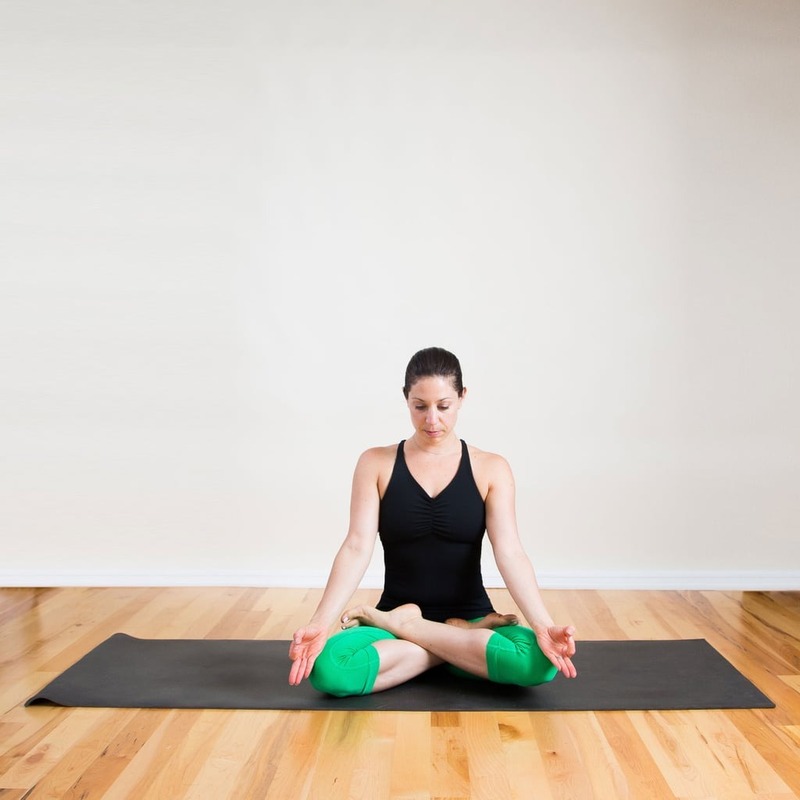
Tips for Mastering Sukhasana
To master Sukhasana, or Easy Pose Yoga, attention to detail and consistency are key. Even small adjustments can make a significant difference in the quality and comfort of your practice. Follow these tips to enhance your Easy Pose experience.
Finding Neutral Pelvis Position
A neutral pelvis position ensures comfort and stability in Sukhasana. To find this balance:
- Sit on a firm cushion or blanket.
- Gently rock forward and back, then side to side.
- Stop when you find a point where your weight feels even.
- Check that your pubic and tail bones are an equal distance from the floor.
This neutral position minimizes strain and supports natural spine alignment.
Ensuring Even Distribution of Weight
For even weight distribution across your sit bones:
- Once in neutral pelvis, stay still and feel your sit bones.
- Make sure both have an equal share of your body weight.
- Shift slightly if one side feels heavier.
- Alternate the cross of your legs midway to balance the stretch.
These tips promote an easy, relaxed Sukhasana. Over time, this pose will feel more natural. Your hips will open, and your posture will improve, connecting you to the ease of movement our ancestors enjoyed.
